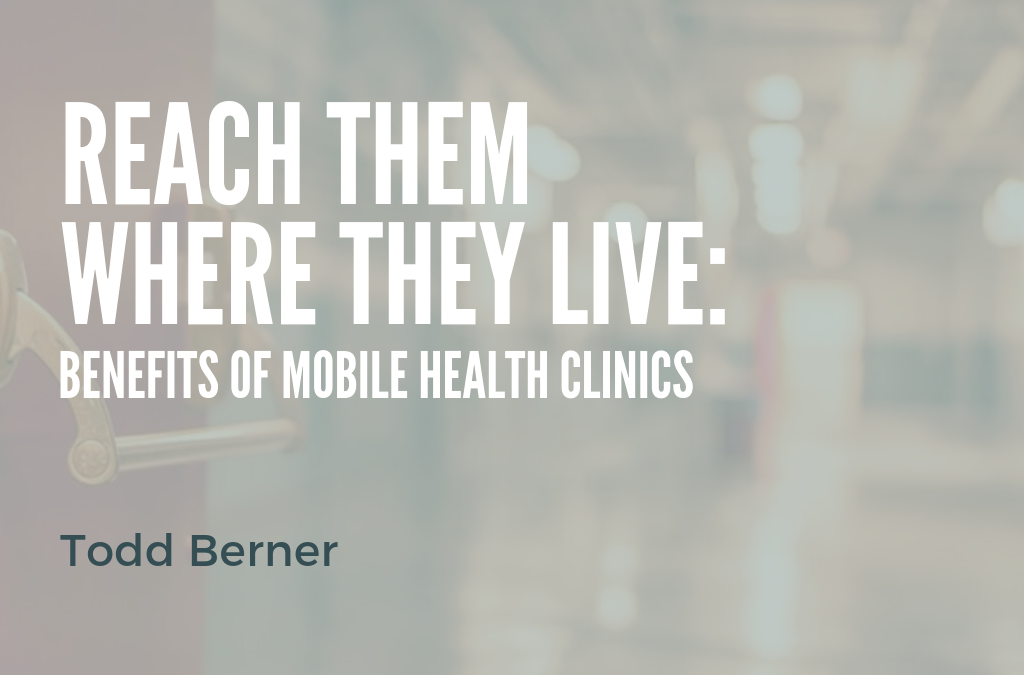For many vulnerable populations around the United States, access to healthcare can be an ongoing struggle that can compound even small medical issues over time. Coupled with increasing access issues and the downfall of rural health facilities, entire communities may find it difficult to find the treatment they need. Worse still are other social factors that adversely affect access, from income to housing insecurity to immigration status.
In fact, 17 percent of patients don’t have a regular place to access healthcare. This crisis has forced healthcare professionals to pursue alternative methods of improving patient access. The healthcare industry itself has certainly felt the effects of these problems, forced to contend with costly acute care incidents. And some patients have lost faith in medical institutions due to the many barriers between them and feasible treatment.
Some towns, particularly in rural America, have been using mobile health clinics to fill the void left by an absence of reliable care. Though these clinics have been in existence for decades, they have become increasingly relevant as a growing population of patients finds itself without a network of support. Patients flock to churches and schools to meet with medical professionals and check in on their health. These clinics can cover a variety of issues, from routine checkups to dental examinations—all carried out inside in a van reminiscent of a tour bus.
Though health reforms have endeavored to expand healthcare access, many go without primary care as a result of high insurance prices. These clinics can serve as an effective alternative with little inconvenience. Outreach professionals working with mobile health clinics have molded their efforts to cater to three types of patients: the homeless, migrant seasonal workers, and individuals in subsidized housing. These three groups have been identified as “high-needs” in terms of their vulnerability and lack of easy access to healthcare.
Each faces different challenges when it comes to obtaining care. For instance, migrant workers might face language barriers that makes engaging with many physicians or medical professionals difficult. Many of them are also uninsured (41 percent, La Clinica) and qualify as low income (77 percent, La Clinica). Mobile health clinics seek to address these barriers on an individual level, such as providing transportation for those that might otherwise have trouble reaching them.
Because of the mistrust that many of these vulnerable groups have of healthcare organizations, success often depends on building a level of trust in communities that mobile clinics visit. Other charitable organizations in the town are natural points of outreach, both for clinics to find patients and learn about the problems facing the populations they serve. Part of the work that clinics provide in many communities is education—either directly speaking to patient populations or providing the resources to empower other organizations to do the same.
In the future, expect mobile clinics to expand on the services they provide. Though they save millions of dollars in medical costs for patients and healthcare organizations alike, they do little to address chronic or intensive care. While the means of providing these services is limited, advances in medical technology and patient engagement have allowed professionals to explore ways to better escalate their visits and provide vulnerable populations with the care they need.
